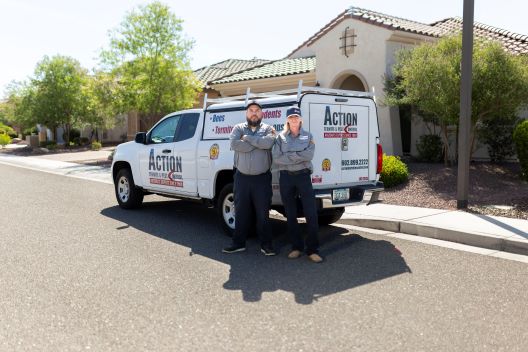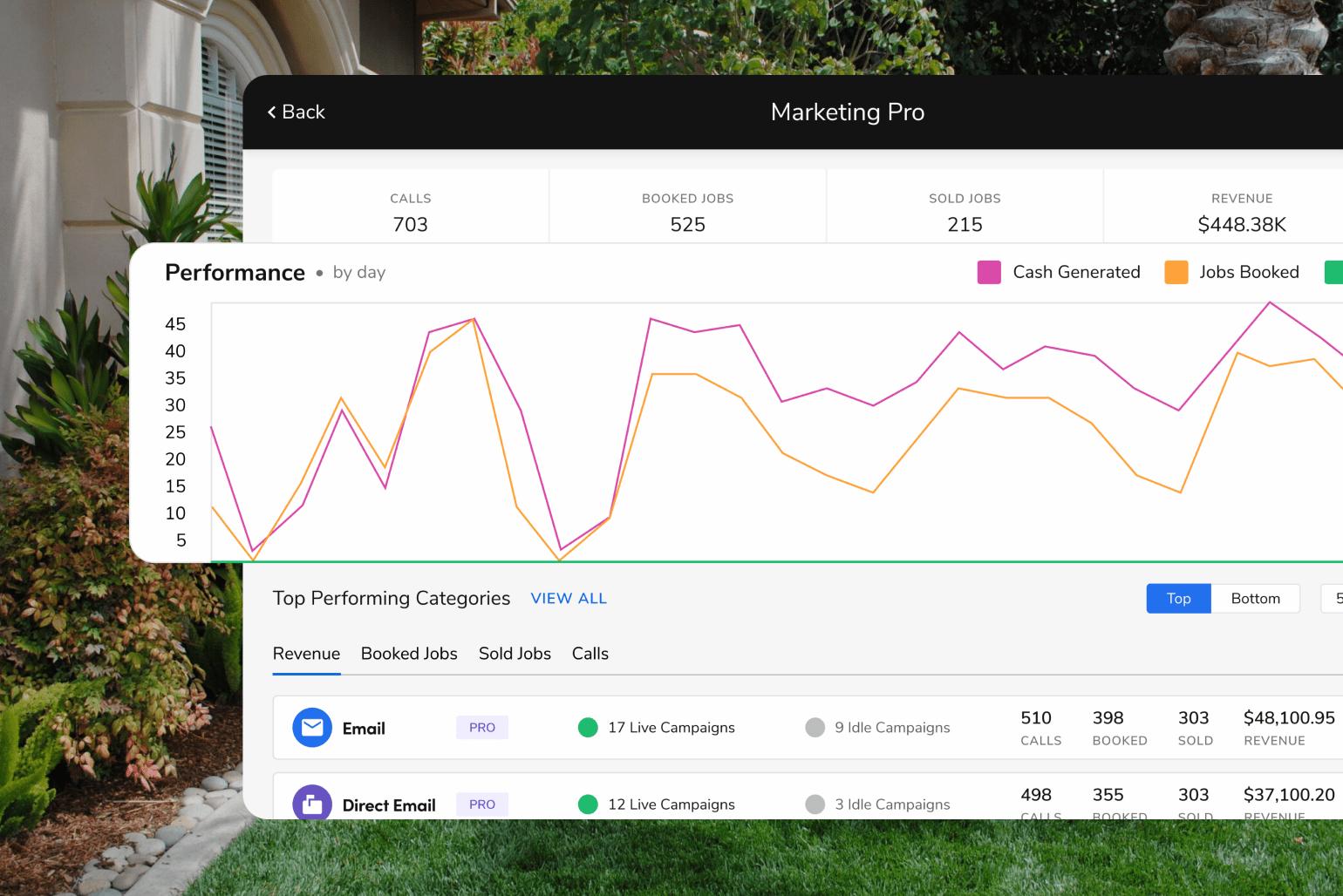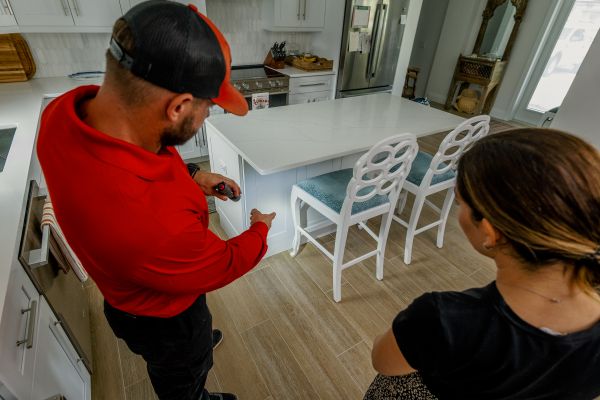Building Your Brand: When is it Time for a Rebrand?

“To be or not to be, that is the question.” But, perhaps the better question is what does it even mean “to be?” When someone is in a state of being, they are taking up space with who they are and what they do. A business does the same thing: it takes up space with what they represent and the goods and services they offer. A brand identity is how those things are presented to and received by the world.
What is a Brand?
The concept of branding began with cattle. Ranchers were literally making their mark. Fast-forward to the 21st century, and cattle ranchers are still branding, but when it comes to companies like your pest control business, your brand is much more than just a name or a symbol.
What Composes a Brand’s Identity?
If you take a moment to look at your driver’s license, you will be reminded that your ID is composed of multiple items. A brand's identity is quite similar.
Digital Presence: We live in a digital society. As a result, building a stronger digital presence is a necessary undertaking. People are on their phones, computers, and tablets. If you want to be seen, that’s where you need to be too. Your website allows people to find you and ideally gets them to convert. In addition to your website, you should be leveraging social media. A stronger digital presence helps you connect with a wider audience.
Logo: While your business’ logo is not the exclusive component of your brand’s identity, it is an important part of it. Your logo has an associative effect in that it tells the public that the logo’s image represents your company. When the public sees your logo, what do you want them to think about and feel?
Credibility and Trust: Both of these components take time to build. They require consistency over time. When someone is consistent through the ups and downs of a relationship, you are more likely to trust them and find what they say is credible. That is the type of relationship you should aim to foster with your audience.
Advertising Impressions: You can think of this as your brand’s brand—the impression your business makes in the advertising space, whether it’s print, online, or commercial.
Your Company’s Mission: Your company’s brand should stand for something. That something is your mission. Your pest control business needs to have a purpose. This is what will keep you going through the ups and downs of business life.
How to Create a Brand Identity
Knowing the composition of a brand and actually building one are two different tasks. Here are the steps for building a brand identity.
1. Conduct Research:
The first step in creating a brand identity is to do your market research. You have to know yourself and those around you. Who is your audience? The answer to this will inform many of your branding decisions, including understanding exactly what you have to offer this audience. This is known as your value proposition—what you can offer your audience that your competitors can’t. Once you know what you offer in terms of products and services, it’s time to look a bit deeper into your company’s mission. What is your business about beyond sales? What are your goals and vision? What is the personality you want your business to portray? Doing a SWOT Analysis that looks at your business’ strengths, weaknesses, opportunities, and threats will be helpful.
2. Design Your Brand’s Look:
Your logo is the face of your brand. It receives attention on your website, social media, ads, and any other place that your brand appears. You want your representation to be interesting and unique so that it is memorable and stands out. To accomplish this, you have to take shape and color into consideration. A color palette and a type design help you to create unique designs for your business while maintaining consistency in your brand identity. One of the best ways to go about maintaining your brand is with a brand guide. This is a set of guidelines that anyone working within your brand can use as a guide for consistency.
3. Design Your Brand’s Language:
In creating quality content, it isn’t just what you say but how you say it. There needs to be consistency in your brand’s language. It should match the personality that you have created for your business. Casual, professional, thought-provoking—whatever your brand’s persona, the language should match and support it.
4. Stay True to Your Brand:
Consistency doesn’t just apply to the type of language your brand uses but also to what you say. It’s important to identify your brand’s values and to allow them to inform your messaging. When creating content, it should come from the company’s voice rather than from an individual who may have contradictory values outside work. Likewise, there is no need to use the voice of someone outside of your company. Your brand needs to be true to its identity and across varying platforms. That is the only way to build a trusting relationship with your audience.
5. Keep Up with Your Brand:
It is critical to monitor what your brand is doing and what results from it. This involves tracking key performance indicators (KPI’s). Google Analytics, comments, shares—all of these things are data points that tell you whether what you’re doing is working. And if you find that things aren’t working over time on multiple levels, it may be time to rebrand.
Rebranding Defined
Rebranding is the process of changing the corporate image of an organization in terms of creating a new market strategy. The prefix -re literally means to go back. In a rebranding, you’re going back to the drawing board to create a different identity for your brand.
One of the most common reasons for rebranding is to have a better connection with customers. There are two types of rebranding:
1. Proactive: This happens when a company recognizes that there is an opportunity to grow, evolve, or go into a new area of business with new customers, or reconnect with existing or previous ones.
2. Reactive: This is done when the existing brand is discontinued or changed as a result of mergers and acquisitions, legal issues, negative publicity, or a response to the competition.
Regardless of whether you are building your brand from scratch or going back to rebrand, it is important to have a strong understanding of who you are, what you believe, and how you want to engage with your audience.
The Lobster Marketing team has experience in building and maintaining brands. With content creators and graphic designers, you will have the partners you need to help you share your brand with the world. Contact Lobster Marketing today to see how the partnership can help grow your pest control business with a powerful brand your audience remembers.





